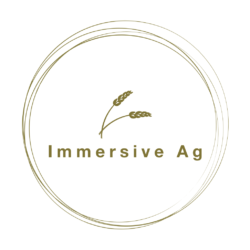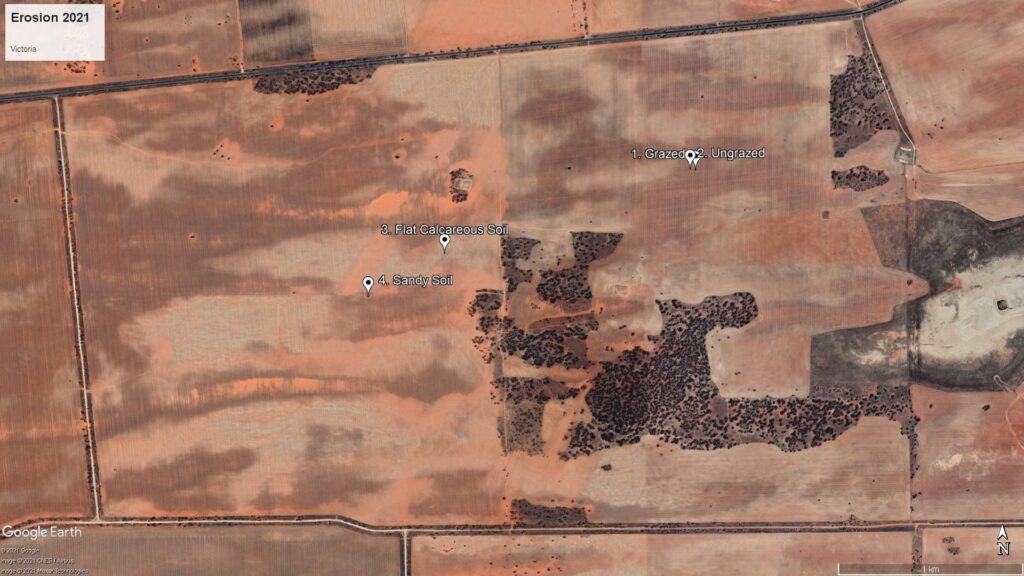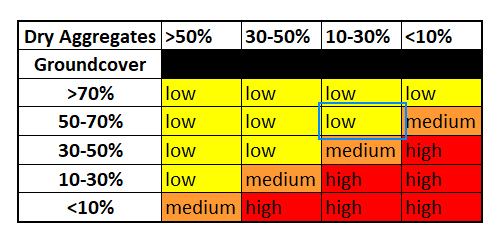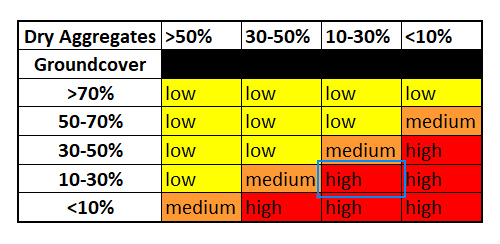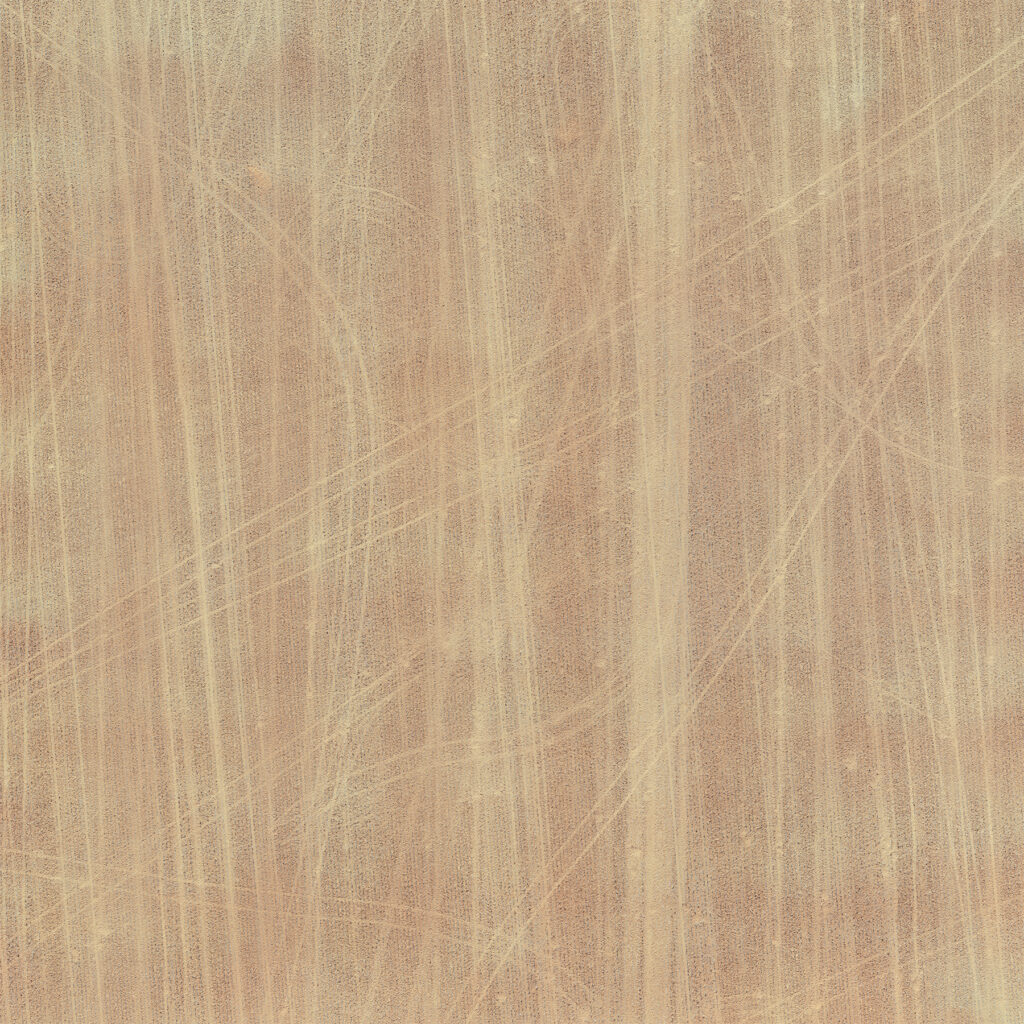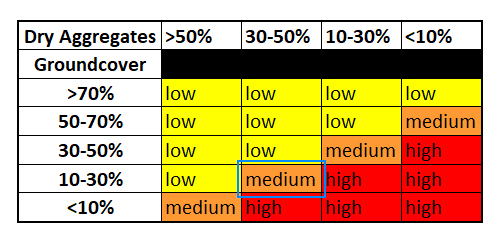Initial visit during the 2021 Autumn season to assess the Victorian site locations. Monitoring erosion risk based on dry aggregates and groundcover percentages.
Victoria, Grazed and Ungrazed
1. Grazed is a sandy loam which was bare through 2019, but established a crop in 2020 and where electric fencing was used to protect the eastern side of the paddock from grazing. 2. Ungrazed is a sandy loam on the western grazed side of the paddock directly adjacent to 1. Grazed. Autumn monitoring showed 1. Grazed with a residue height of 9cm, ground cover of 63% and dry aggregate of 25% with a low risk of erosion and 2. Ungrazed with a residue height of 1cm, ground cover of 13% and dry aggregate of 19% with a high risk of erosion
360 Virtual Site
Compare to Autumn 2021 – Initial site visit here
Victoria, Flat Calcareous Soil
Flat Calcareous Soil is a poor calcareous sandy loam flat that blew through 2018 and 2019 but established crop in 2020. Being near sheep feeders it has attracted reasonable grazing pressure and sheep tracks. Autumn monitoring showed 3. Flat Calcareous Soil with a residue height of 1cm, ground cover of 13% and dry aggregate of 19% with a low risk of erosion
360 Virtual Site
Acknowledgments

This project “Practical tactics to improve ground cover and ensure soil preservation following successive low rainfall seasons” (MSF2010-002SAX) has been funded by GRDC.
Thank you to our landholder collaborators Ben Pollard, NSW, and Chris Hunt, VIC, for their time and input.
